UML can be used as much or as little as you like. Martin Fowler describes three common ways that people tend to use UML: (1) UML as a sketch ; (2) UML as a blueprint ; (3) UML as a programming language.
Continue reading
Học một điều mới mỗi ngày


UML can be used as much or as little as you like. Martin Fowler describes three common ways that people tend to use UML: (1) UML as a sketch ; (2) UML as a blueprint ; (3) UML as a programming language.
Continue reading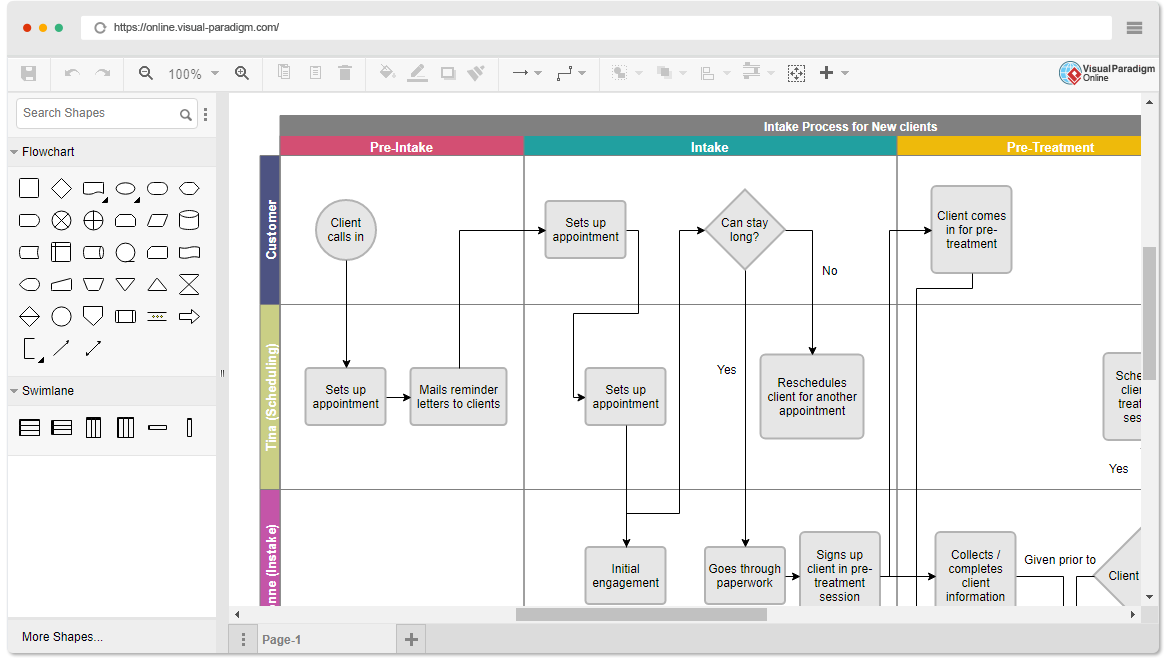
A cross-functional flowchart (sometimes referred to as a deployment flowchart) is a business process mapping tool used to articulate the steps and stakeholders of a given process. Typically, we use a cross-functional flowchart to show the relationship between a business process and the functional units (such as departments) responsible for that process.
Continue reading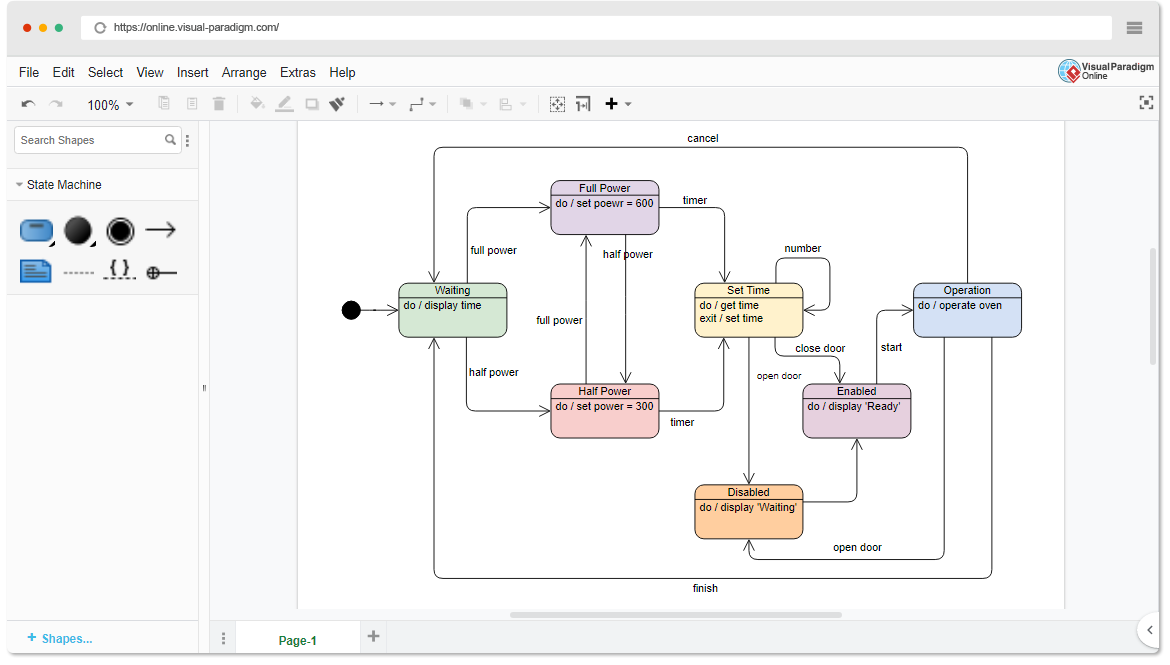
A state machine diagram is a behavior which specifies the sequence of states an object visits during its lifetime in response to events, together with its responses to those events.
Continue reading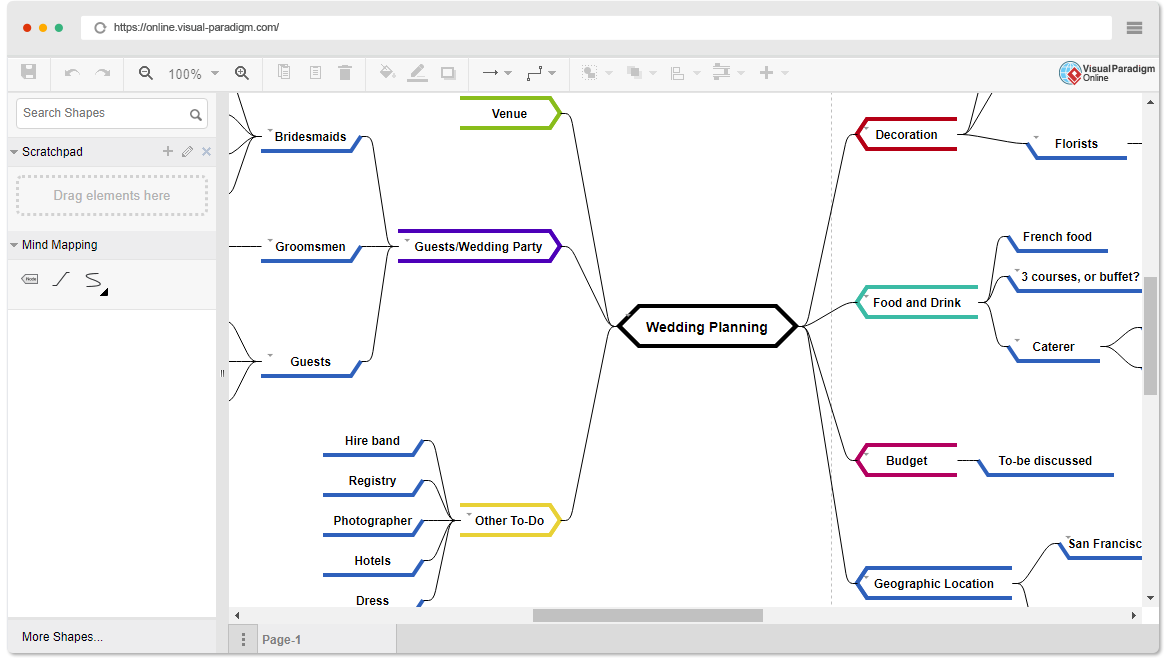
Mind mapping is an effective means to take notes and brainstorm essay topics. A mind map involves writing down a central theme and thinking of new and related ideas which radiate out from the center. By focusing on key ideas written down in your own words and looking for connections between them, you can map knowledge in a way that will help you to better understand and retain information.
Continue reading
Data Flow diagrams (DFDS) describe logical models and data transformations in the system. It includes a mechanism for modeling data flows and supports decomposition to illustrate the details of data flows and functionality. A data flow chart cannot display information about the order of operations. Therefore, it is not a process or process modeling approach.
Continue reading
Use cases describe how users use the system to achieve specific goals. A use-case diagram consists of a system, related use cases, and actors, and relates them to each other to visualize: What is it describing? (System), who is using the system? What are the actors trying to achieve? Thus, use cases help ensure that the right system is developed by capturing requirements from the user’s point of view.
Continue reading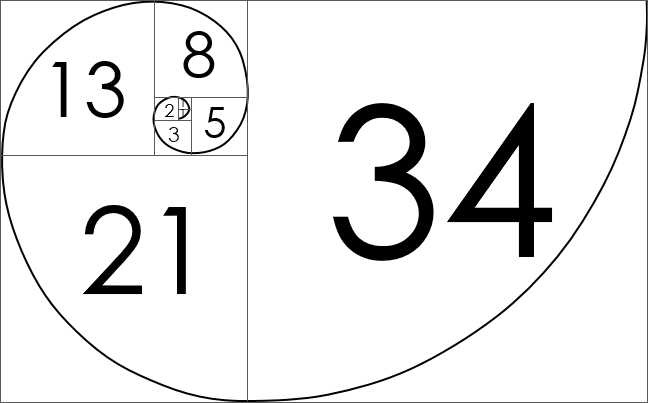
In software development, “estimation” in the usual sense includes a quantitative assessment of the effort required to perform a specific development task; this is usually expressed in terms of duration. Agile estimation is the process of evaluating the effort required to complete the tasks on a product’s backlog in order of priority. This effort is usually measured in terms of the time required to complete the task, which in turn leads to accurate sprint planning.
Continue reading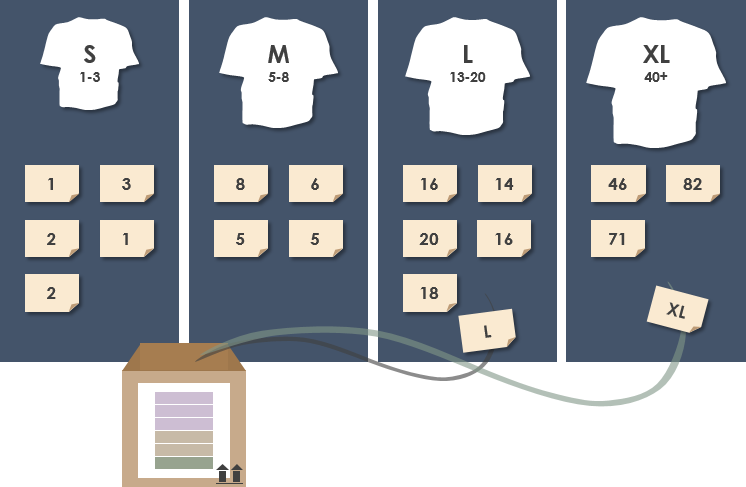
Whether the team is working on a product or a project, we need to answer the question, “When will we get it done?” “Or how much we can do at a certain point in time, so as in the traditional development model, we need to estimate the effort before we start the project. During the development of Scrum, the team shared responsibility and collectively committed to the work of each Sprint, so the estimated workload for the agile team used a collective estimation approach.
Continue reading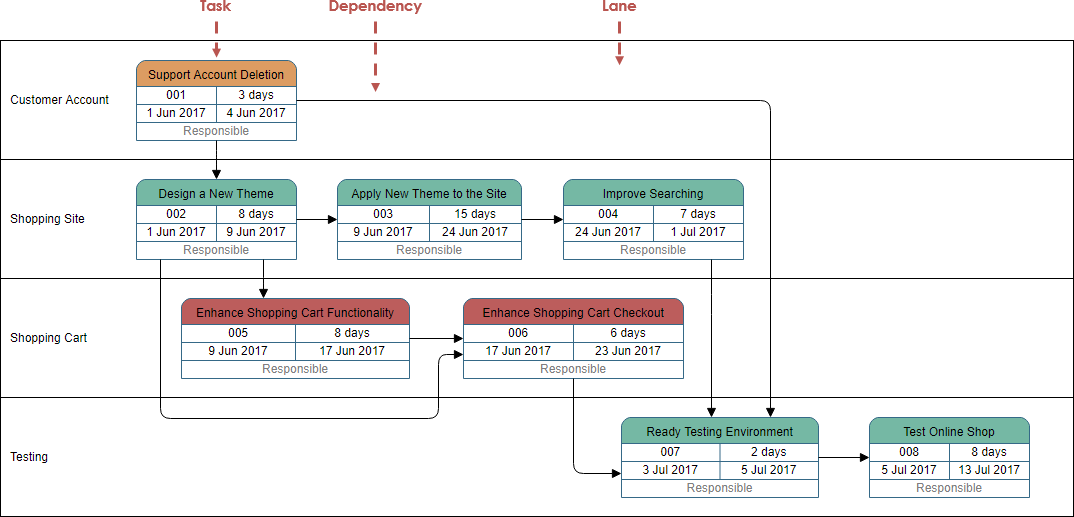
PERT diagrams show each task in a project as a node. Dependencies between tasks (for example, one task needs to be completed before another can be started) can be clearly shown through connections between task nodes. It also shows time information for each task, similar to the critical path approach (CPM), which determines the longest path for a project and thus the minimum time for the project to complete.
Continue reading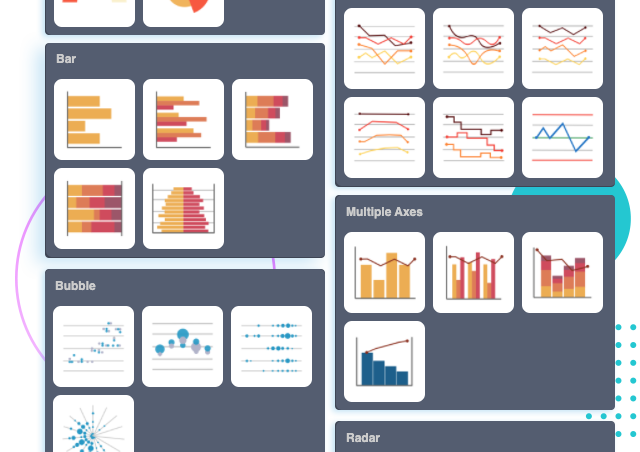
Choose from over 50 chart types to find the perfect representation of your data. Both common and advanced chart types are supported, including bar, line, area, pie, doughnut, radar, and rose charts. Visualize your data and statistics quickly and easily with Visual Paradigm’s online chart maker.
Continue reading